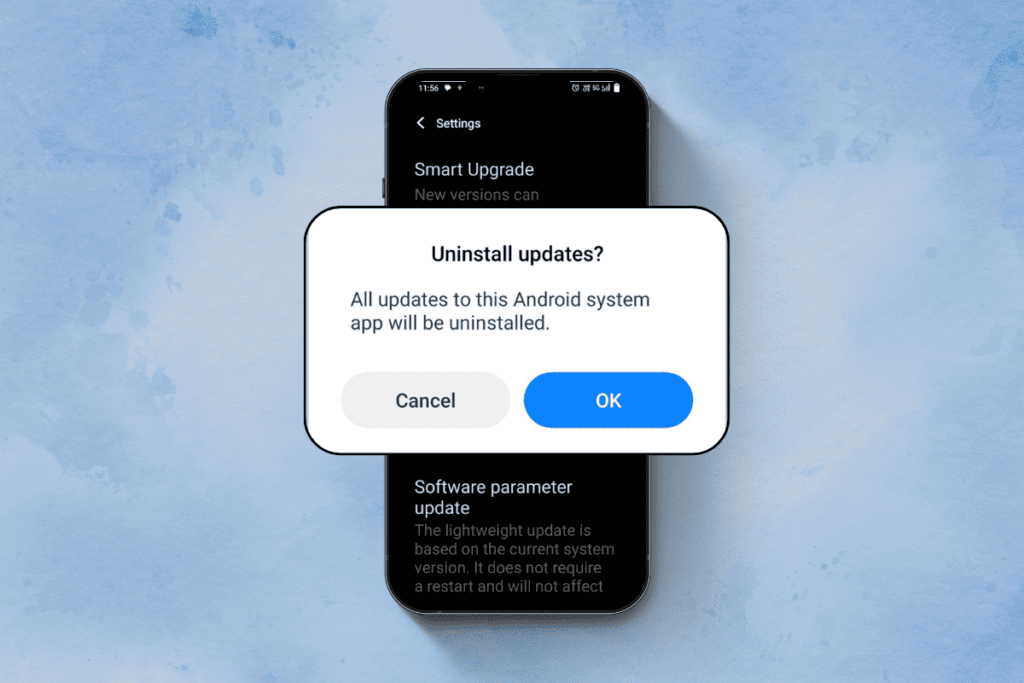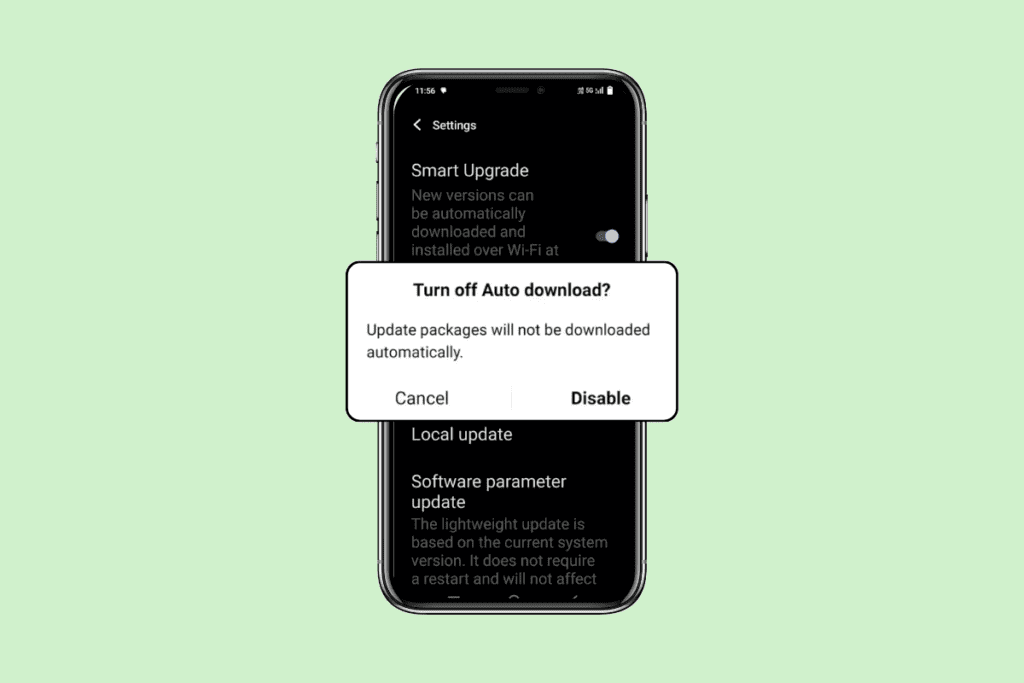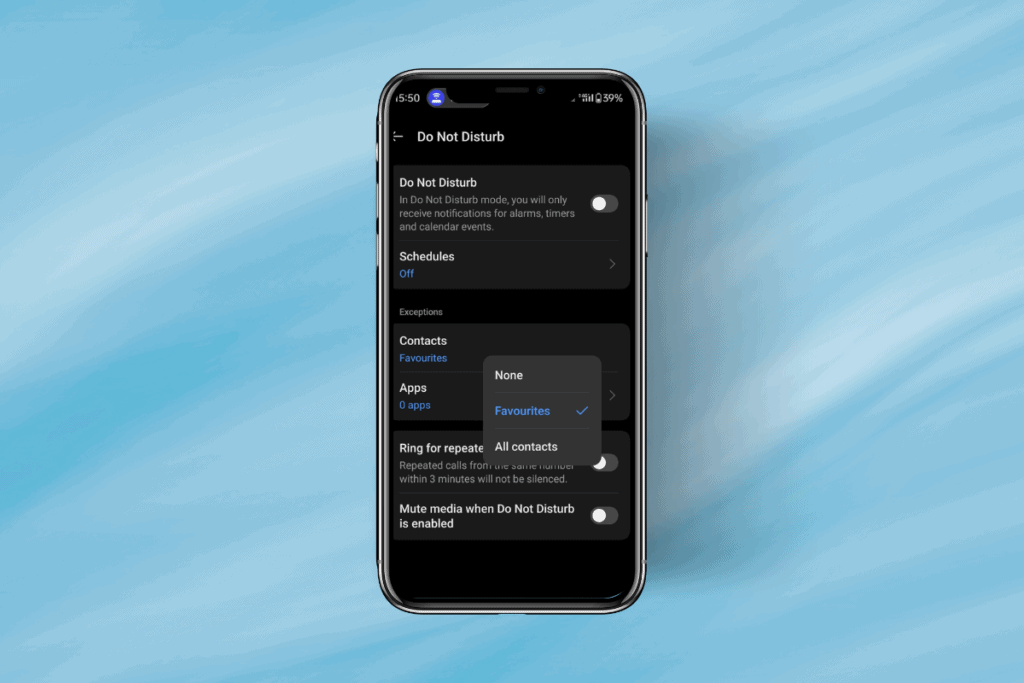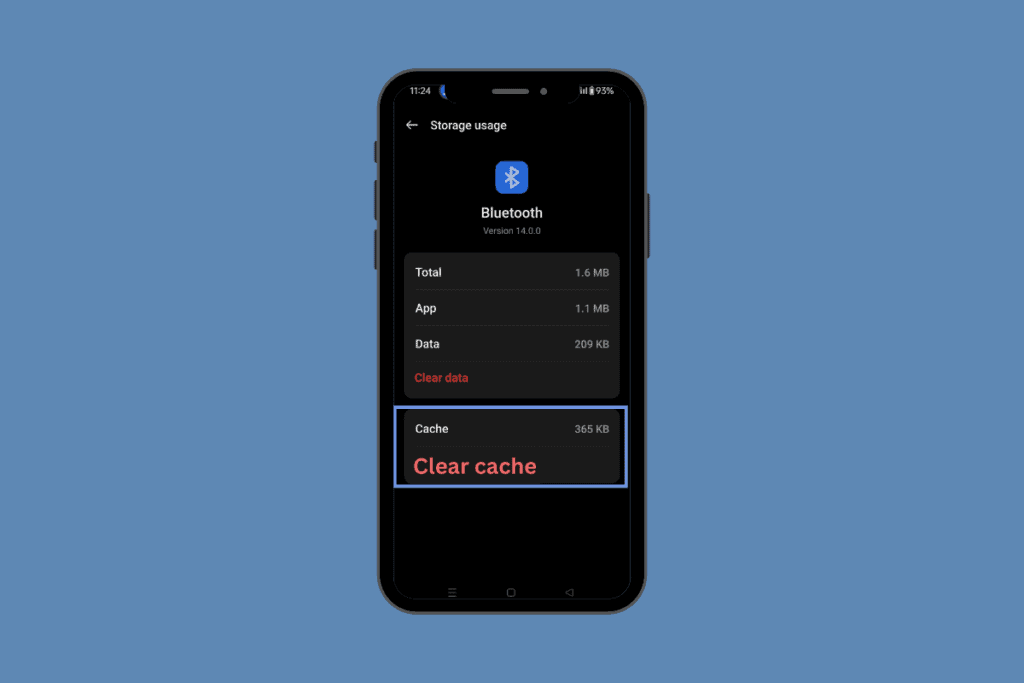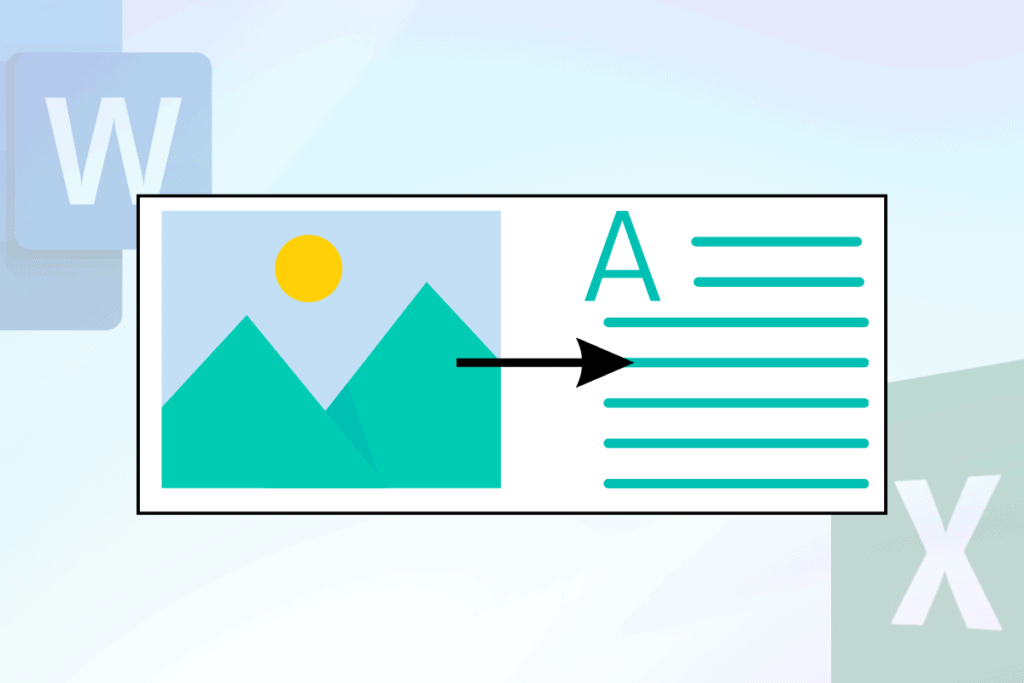Windows updates are extremely important as they bring about a number of bug fixes and new features. Although, sometimes they might end up breaking a few things which worked just fine previously. New OS updates can often lead to some issues with external peripherals, particularly printers. Some common printer related problems you might experience after updating Windows 10 are printer not showing up in connected devices, unable to perform the print action, print spooler not running, etc.
Your printer woes can be due to a number of reasons. The most common culprits are outdated or corrupt printer drivers, problems with print spooler service, the new Windows update doesn’t support your printer, etc.
Fortunately, all your printer problems can be fixed by implementing some easy yet quick solutions. We have listed down five different solutions that you can try to get your printer to print again.

How to fix various printer problems in Windows 10?
As mentioned earlier, there are a few different culprits that might be causing printer problems in Windows 10. Most users can solve these difficulties by running the built-in troubleshooter tool for printers. Other solutions include deleting temporary spool files, manually updating printer drivers, uninstalling and reinstalling the printer, etc.
Before we start implementing the more technical solutions, ensure that the printer and your computer are properly connected. For wired printers, check the condition of the connecting cables and make sure they are firmly connected & in their designated ports. Also, as trivial as it sounds, simply removing and reconnecting wires can also resolve any external device-related issues. Gently blow air into the ports to remove any dirt that might be clogging the connection. As for wireless printers, ensure that the printer and your computer are connected to the same network.
Another quick solution is to power cycle your printer. Turn off the printer and disconnect its power cable. Wait for about 30-40 seconds before plugging the wires back in. This will resolve any temporary issues and start the printer afresh.
If both of these tricks didn’t work, then it is time to move on to the advanced methods.
Method 1: Run the Printer Troubleshooter
The easiest and quickest way to solve any problem with a device or a feature is to run the troubleshooter associated with it. Windows 10 includes a troubleshooter tool for a wide variety of issues, and printer problems are also one of them. The printer troubleshooter automatically performs a number of actions like restarting the print spooler service, clearing corrupted spooler files, checking whether the existing printer drivers are outdated or corrupt, etc.
1. The printer troubleshooter can be found within the Windows Settings application. To open Settings, press the Window key (or click on the start button) and then click on the cogwheel Settings icon above the power icon (or use the combination Windows key + I).

2. Now, click on Update & Security.
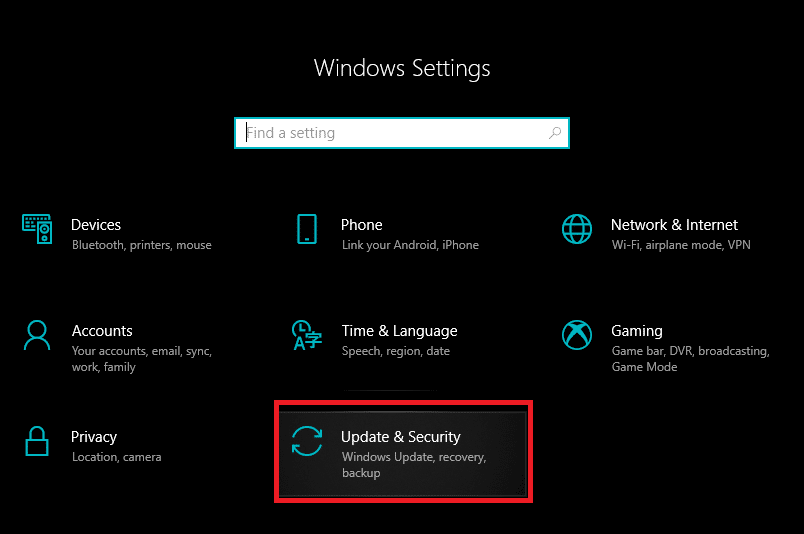
3. Switch to the Troubleshoot settings page by clicking on the same from the left-hand panel.
4. Scroll down on the right side until you find the Printer entry. Once found, click on it to open up available options and then select Run the troubleshooter.

5. Depending on the Windows version you are currently running, the Printer troubleshooter tool might be absent altogether. If that’s the case, click on the following link to download the required troubleshooter tool.
6. Once downloaded, click on the Printerdiagnostic10.diagcab file to launch the troubleshooter wizard, select Printer, and click on the Advanced hyperlink at the bottom left.

7. In the following window, tick the box next to Apply repairs automatically and click on the Next button to start troubleshooting your printer.

Once you have completed the troubleshooting process, restart your computer, and then try using the printer.
Method 2: Delete the temporary files (Print Spooler) associated with your printer
Print spooler is a mediating file/tool that coordinates between your computer and the printer. The spooler manages all the print jobs you send to the printer and lets you delete a print job that is still being processed. Problems might be encountered if the Print Spooler service is corrupted or if the spooler’s temporary files become corrupt. Restarting the service and deleting these temporary files should help in fixing printer problems on your computer.
1. Before we delete the print spooler files, we will need to halt the Print Spooler service that constantly runs in the background. To do so, type services.msc in either the run (Windows key + R) command box or the Windows search bar and hit enter. This will open up the Windows Services application.
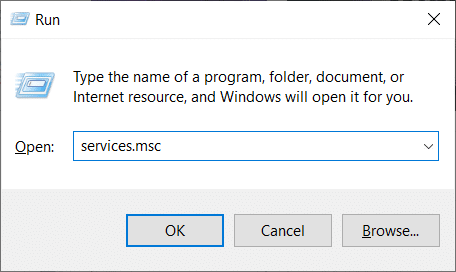
2. Scan the list of Local Services to find the Print Spooler service. Hit the P key on your keyboard to jump ahead to the services starting with the alphabet P.
3. Once found, right-click on the Print Spooler service and select Properties from the context menu (or double-click on a service to access its Properties)

4. Click on the Stop button to halt the service. Minimize the Services window instead of closing as we will need to restart the service after deleting the temporary files.

5. Now, either open up the Windows File Explorer (Windows key + E) and navigate to the following path – C:\WINDOWS\system32\spool\printers or launch the run command box, type %WINDIR%\system32\spool\printers and press OK to reach the required destination directly.

6. Press Ctrl + A to select all the files in the printers folder and hit the delete key on your keyboard to delete them.
7. Maximize/switch back to the Services application window and click on the Start button to restart the Print Spooler service.

You should now be able to fix your printer problems and be able to print your documents without any hiccups.
Also Read: Fix Printer Spooler Errors on Windows 10
Method 3: Set a Default Printer
It is also quite possible that your printer is working just fine, but you have been sending the print request to the wrong printer. This might be the case if there are multiple printers installed on your computers. Set the one you are trying to use as the default printer to resolve the issue.
1. Press the Windows key and start typing Control Panel to look for the same. Click on Open when search results return.
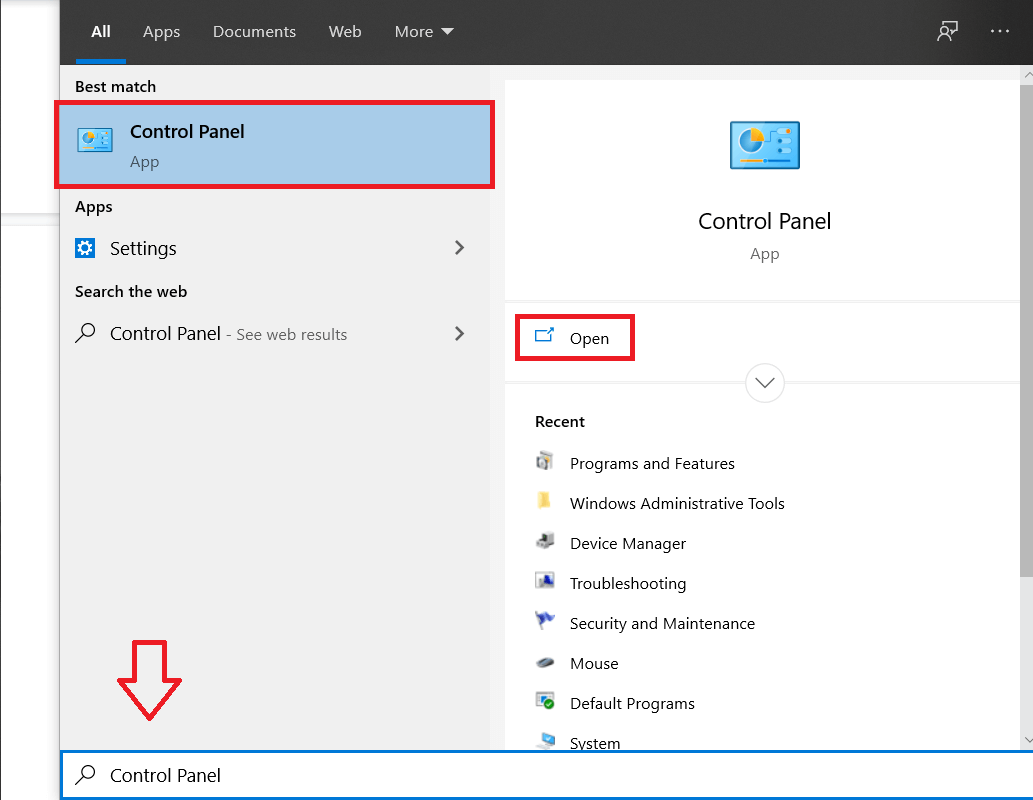
2. Select Devices & Printers.

3. The following window will contain a list of all the printers you have connected to your computer. Right-click on the printer you would like to use and choose Set as default printer.

Method 4: Update Printer Drivers
Every computer peripheral has a set of software files associated with it to communicate with your computer and the OS effectively. These files are known as device drivers. These drivers are unique for each device and manufacturer. Also, it is important to have the correct set of drivers installed in order to use an external device without facing any issues. Drivers are also constantly updated to stay compatible with the new Windows versions.
The new Windows update you just installed might not support the old printer drivers, and therefore, you will need to update them to the latest available version.
1. Right-click on the start button or press Windows key + X to bring up the Power User menu and click on Device Manager.

2. Click on the arrow next to Print queues (or Printers) to expand it and have a look at all your connected printers.
3. Right-click on the problematic printer and select Update Driver from the ensuing options menu.

4. Select ‘Search Automatically for updated driver software’ in the resulting window. Follow any on-screen instructions you might receive to install the updated printer drivers.

You can also choose to install the latest drivers manually. Visit the driver downloads page of your printer manufacturer, download the required drivers, and run the downloaded file. Printer driver files are usually available in .exe file format, so installing them doesn’t require any additional steps. Open the file and follow the instructions.
Also Read: Fix Printer Driver is unavailable on Windows 10
Method 5: Remove and Add the Printer Again
If updating drivers didn’t work, you might need to completely uninstall the existing drivers and the printer and then reinstall them. The process of doing the same is simple but rather lengthy but this seems to fix some of the common printer problems. Anyway, below are the steps to remove and add your printer back.
1. Open the Settings application (Windows key + I) and select Devices.
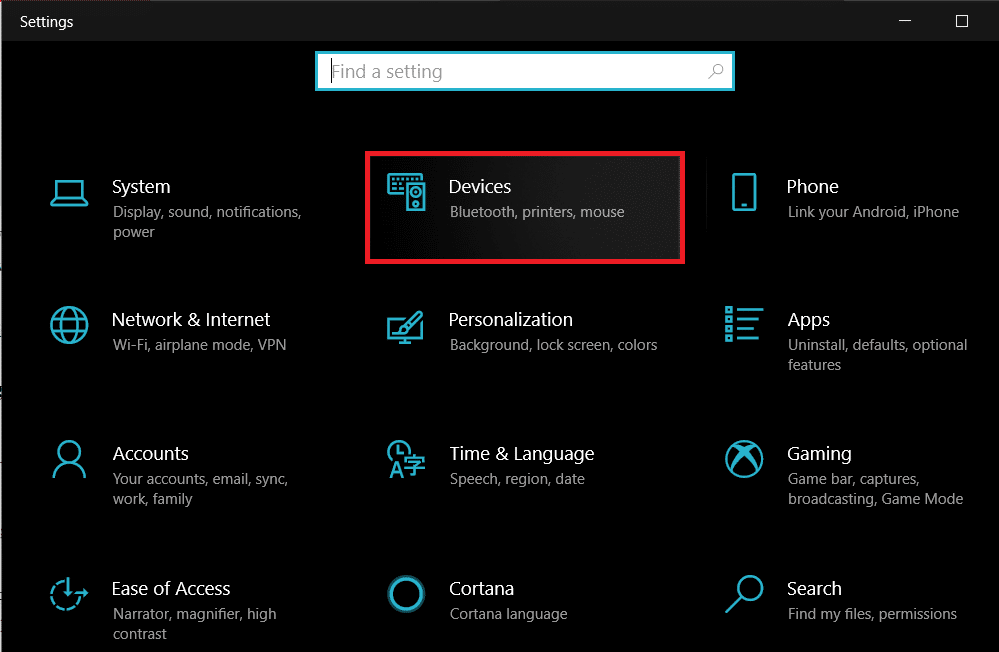
2. Move to the Printers & Scanners settings page.
3. Find the problematic printer in the right-side panel and single click on it to access its options. Select Remove Device, let the process complete, and then close Settings.

4. Type Print Management in the Windows search bar (Windows key + S) and press enter to open the application.

5. Double-click on All Printers (in the left panel or right panel, both are fine) and press Ctrl + A to select all connected printers.

6. Right-click over any printer and select Delete.

7. Now, it is time to add the printer back, but first, unplug the printer cable from your computer and perform a restart. Once the computer boots back on, properly reconnect the printer.
8. Follow step 1 and step 2 of this method to open Printer & Scanner settings.
9. Click on the Add a printer & scanner button at the top of the window.

10. Windows will now automatically start looking for any connected printers. If Windows successfully detects the connected printer, click on its entry in the search list and select Add device to add it back otherwise, click on The printer that I want isn’t listed hyperlink.

11. In the following window, select the appropriate option by clicking on its radio button (For example, select ‘My printer is a little older. Help me find it’ if your printer doesn’t use USB for connection or select ‘Add a Bluetooth, wireless, or network discoverable printer’ to add a wireless printer) and click on Next.

12. Follow the following on-screen instructions to reinstall your printer.
Now that you have successfully reinstalled your printer, let’s print a test page to ensure everything is right back on track.
1. Open up Windows Settings and click on Devices.
2. On the Printers and Scanners page, click on the printer you just added back and would like to test, followed by a click on the Manage button.

3. Finally, click on the Print a test page option. Muffle your ears & listen carefully for the sound of your printer printing a page and rejoice.

Recommended:
- Fix Windows 7 Updates Not Downloading
- 10 Best Extratorrent.CC Alternative in 2020
- Fix Fallout New Vegas Out of Memory error
Let us know which one of the above methods helped you fix your printer problems on Windows 10, and if you continue to face any issues or are having a hard time following any procedures, please get in touch with us in the comments section below.


